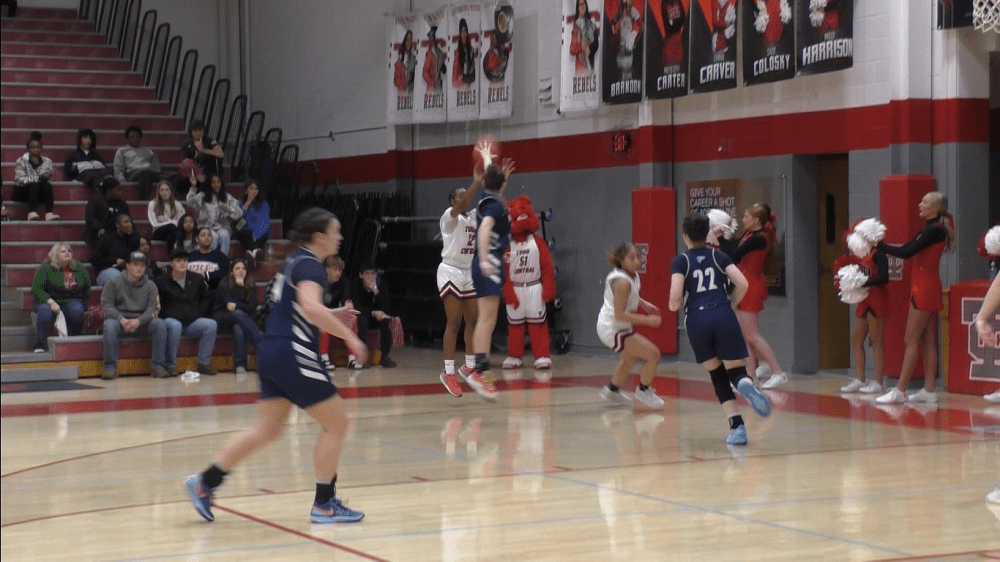If you have a spruce in your landscape, this is a good time of year to observe them carefully for some of the following problems:
Cytospora Canker. Cytospora canker is commonly found on spruce trees growing in Kentucky landscapes, and is most noticeable on trees over 20 years old. Cankers may begin at the base of small twigs and develop into elliptic-shaped cankers. It is often noticed first on the lower branches with canker formation accompanied by white resin appearing on the infected branches or trunk. As the canker enlarges, the branch is girdled and killed. Needles on affected branches can appear purple at first and then turn brown as they die. Trees growing under stressful urban conditions, especially drought, are most vulnerable to Cytospora canker. Wounding, mechanical injury, construction damage, or insect injury can also contribute to problems.

Drought and Inadequate Rooting Space. Drought alone can cause spruce needle yellowing and loss followed by tree decline. Blue spruces are especially affected. Sometimes spruce trees are planted in the wrong place and as they get larger, have inadequate space for optimal root development. Trees with inadequate rooting space in an urban environment will often exhibit drought conditions even when there is adequate rainfall.
Normal Needle Drop. Spruce and fir trees typically retain their needles for several years. In most years, needle drop is hardly noticeable without careful examination of the inner branches where a few scattered needles may turn yellow and drop in late spring or early summer of their third year. If spruce trees are not provided sufficient water during the dry part of the summer, needle drop could be earlier and more severe than normal. Normal needle drop is a seasonal occurrence and can vary from tree to tree and from year to year.
Spruce Spider Mite. Yellow, sickly needles can result from an infestation of spruce spider mites. Spider mites often build up in dry weather and the needles become off color, generally stippled, and gradually turn yellow. Light webbing is associated with heavy mite infestations. If mites are suspected, hold a white sheet of paper under a branch and sharply tap the branch. Look closely for small moving mites on the white paper. Seasonal needle drop can be confused with needle loss due to spider mite damage.
Spruce health is enhanced by providing good growing conditions.
• Provide one inch of water per week during times of drought. Be sure the water is applied over the root zone and avoid getting the foliage wet.
• Mulch underneath the trees to retain moisture. Grass competes very well and can actually contribute to water stress on trees.
• Prune out diseased and dying branches (only when branches are dry) and take them away for burning or burial.
• Avoid unnecessary trunk or branch injuries.





